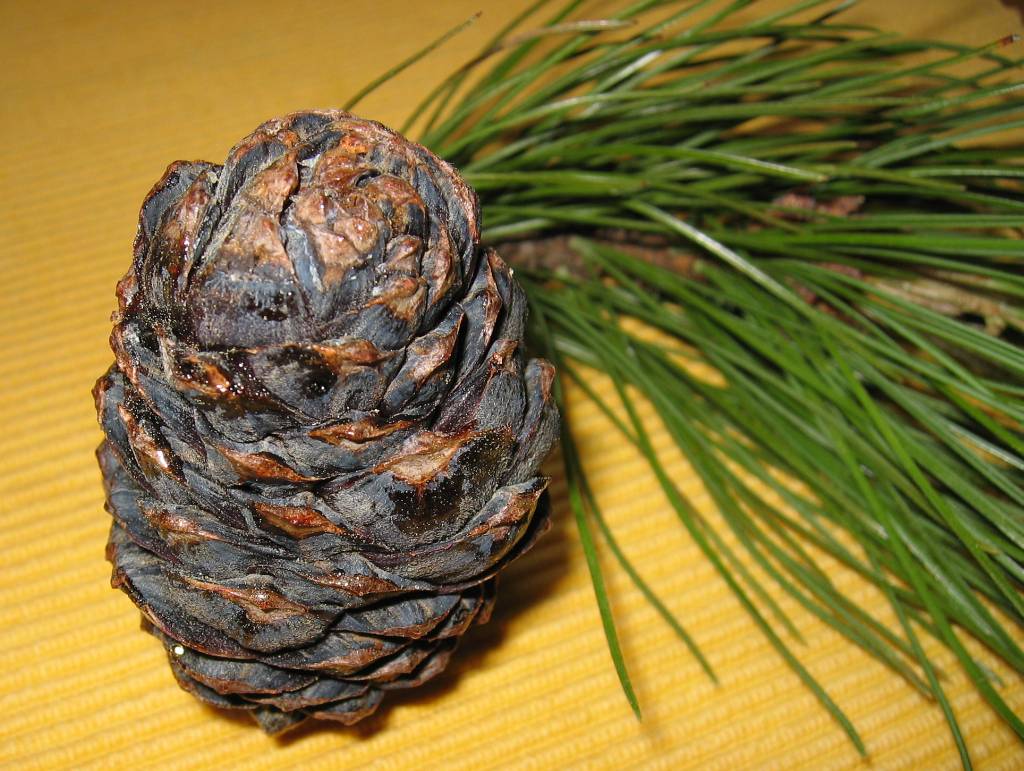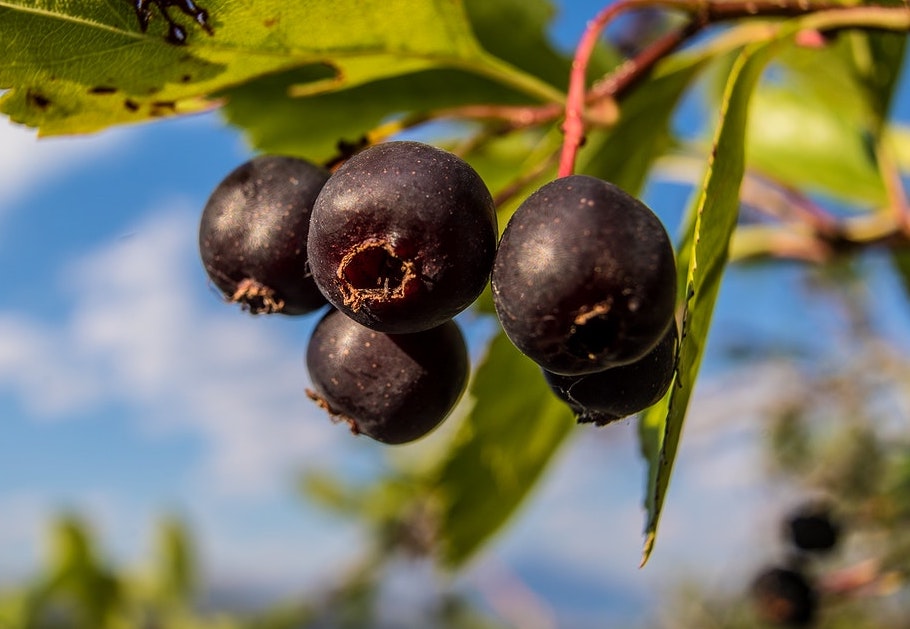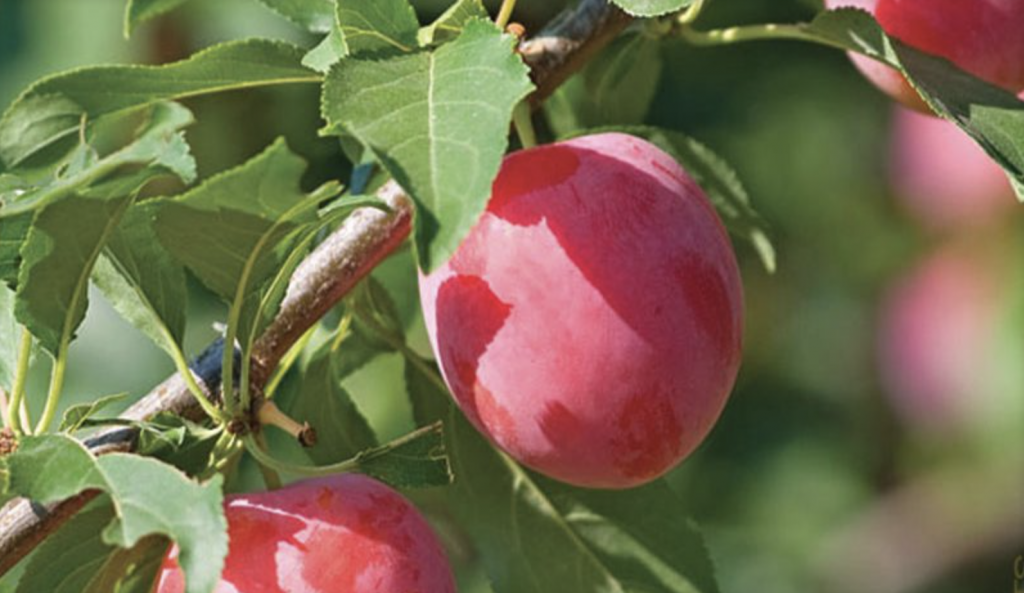After the arctic raspberry, this might be the next cold-hardiest of the blackberry/raspberry group. And, I mean… the fruit looks like a thimble. How cool is that? HERB LAYER Cold hardiness zones: 3 – 7 (can withstand cold to -40° F, -40° C) Soil PH: 6.0-7.0 Watering needs: Medium-low. Don’t overwater. But do keep them evenly moist long enough to […]





























